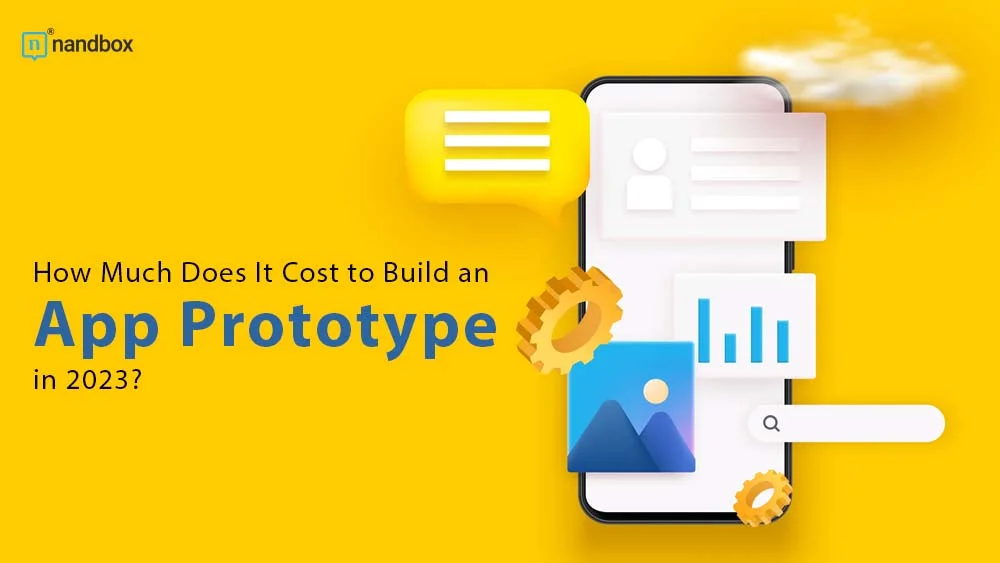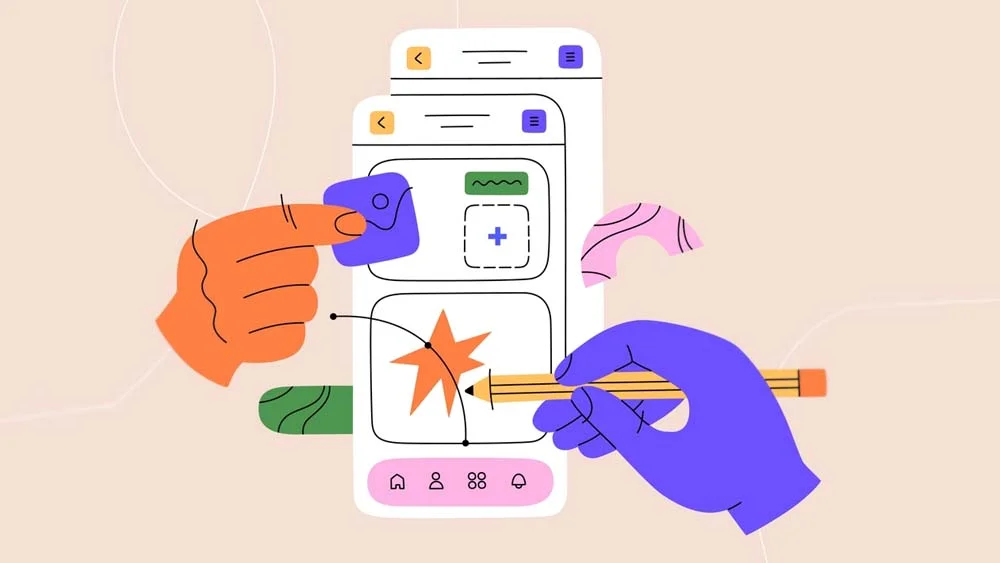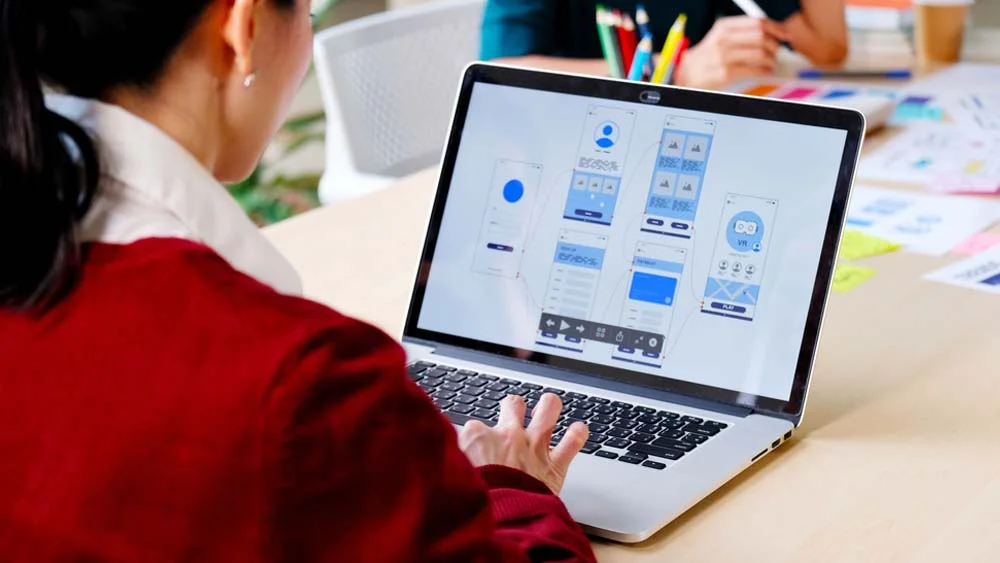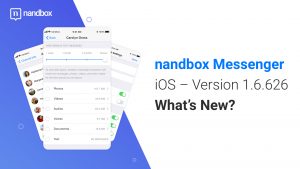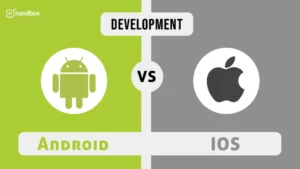How Much Does It Cost to Build an App Prototype in 2023?
An app prototype can become your mobile app’s success factor. Without prototyping, you will never determine if your app’s idea is feasible and desirable before the development process. A common question people ask before funding their apps is how much it costs to build a prototype. This article will guide you through the pricing of an app prototype.
First, What Is an App Prototype?
A prototype is an early, working version of your app that demonstrates the functionality, design, and aesthetics of the final product. But it lacks actual code that does anything useful. For stakeholders and potential users, an app prototype is primarily a tool for design validation to see if the app’s visual elements and user experience are satisfactory. It allows you to fine-tune the UX of your app before investing too much time or money into it.
Fixing a prototype is easier and cheaper than fixing the app mid-development. It is an easy addition to the development cycle because it is a mid-cost, mid-impact solution.
How Is It Different From Wireframes and Mockups?
Three of the first steps in creating a product are creating a wireframe, a prototype, and a mockup. They help designers put their creations through multiple rounds of user testing before releasing them to the public.
- A wireframe is a simple, low-fidelity illustration of the first product idea, typically for a website or an app. It includes only the most crucial elements.
Wireframes outline the site’s overall structure, layout, IA, and direction. Whether drawn by hand or made on a computer, a wireframe will always consist of just black, white, and grey.
- Mockups are static, high-fidelity simulations of the final product that convey the design’s aesthetic in terms of things like fonts, icons, colors, and other aesthetic details.
Mockups establish the brand’s visual identity, while prototypes focus on the interaction design. The UI designers are responsible for maintaining a consistent visual language across the desktop and mobile interfaces during the mockup phase.
Benefits of Building a Prototype
It Saves Money
Fortunately, developing a prototype doesn’t have to cost a lot of money, and it can save you a lot of cash in the long run by revealing potential issues. Similarly, conducting user testing on a prototype lets you investigate potential directions before investing too much time or money. This scalability in the early stages allows you to try different iterations of your mobile app before settling on a single winner.
Prototypes Solve Problems
Prototypes prevent problems from occurring in the real world. User research is most effective when performed well in advance of the development of the final product. During the prototyping phase, you can learn a lot about how your product will be used through user research and testing. More importantly, it reveals whether or not it’s worthwhile to keep funding the app’s development.
It Ensures Agreeability
Stakeholders, clients, developers, and UX/UI designers are some of the parties that have a say in the prototyping process. Each of them sees the product or the app from their perspective. The stakeholder wants ROI, the client thinks about usability, and the developers and designers think about technicalities. In other words, it’s crucial, yet not easy, to get them all on the same page.
Because these stakeholders often have divergent goals, testing the prototype will ensure everyone’s on the same page before moving forward with the final app development.
Similarly, various sections can point out and clarify any obstacles to the final product. With more eyes on the prototype, your team will be better prepared to anticipate and prevent problems in the final product.
Factors that Affect Prototype Development Cost
Generally, designing an app costs somewhere between $3000 and $30,000, which is a huge discrepancy because no two apps are similar in the design and development process. It depends on factors like app complexity and the designer working on it.
App Complexity
The app’s level of complexity is proportional to the complexity of the product idea in terms of the number of roles, screens, unique features, ease of use, and aesthetic appeal.
The less complex your business model and the problems you’ll solve, the less it will cost to design your app. Mobile app development costs tend to decrease as complexity increases. In software development, time can be the determining factor. That’s because most designers and developers get paid a monthly salary or an hourly rate. So, naturally, a simple app would need less work, less time, and, thus, less money.
Conditionally, a simple app can start at $3000, an app with average complexity might cost $12,000, and a complex app design will cost up to $30,000. Remember that the cost is conditional because sometimes, the complexity is due to backend integrations.
The Designer Working on the App
You have a few options when you’re hiring a designer for the prototype. You could hire an in-house designer, a freelancer, an outsourced agency, or a local agency. Each option has its perks and drawbacks. For example, an in-house designer would be under your supervision to train and assign tasks as you want. However, you would have to pay a fixed monthly salary pay stub for their full-time or part-time effort. Depending on where you are, a local agency will offer you quality results and facilitate communication because of the proximity of the time zones.
In specific areas like South America, Asia, and East Europe, the hourly rates are less expensive, and you can still get decent quality if you make the right choice in picking the agency. Alternatively, hiring a freelancer is less reliable in terms of commitment and quality delivery, but it’s the cheapest option. At the end of the day, you weigh your options according to your budget, physical location, deadline, and resources.
With the nandbox native no-code app builder, you don’t need to worry about cost. You can design and build an awe-inspiring app with a monthly subscription. Sign up and give it a shot!

